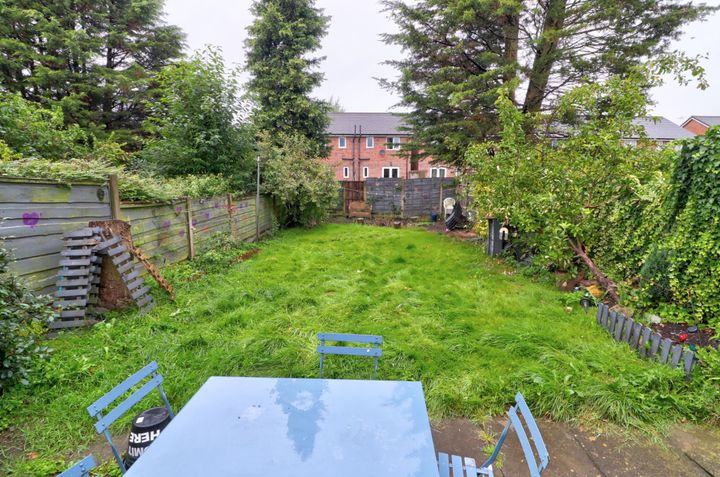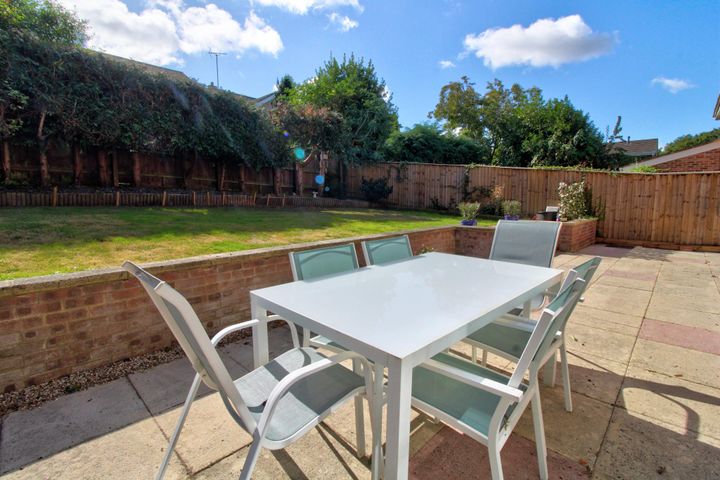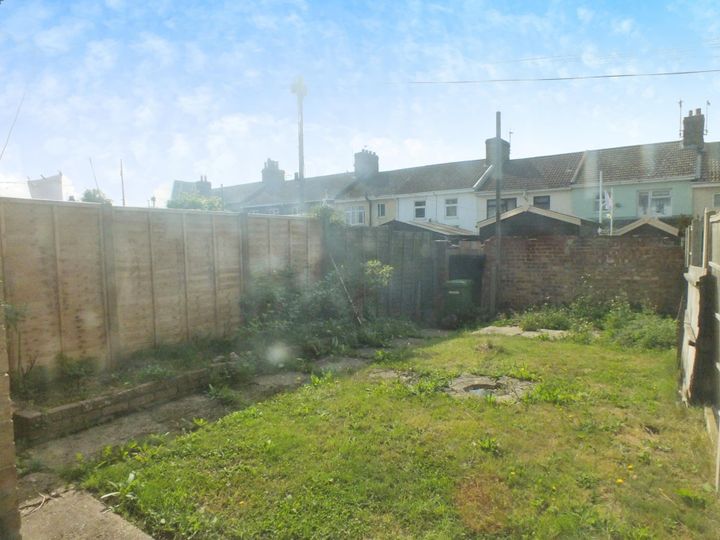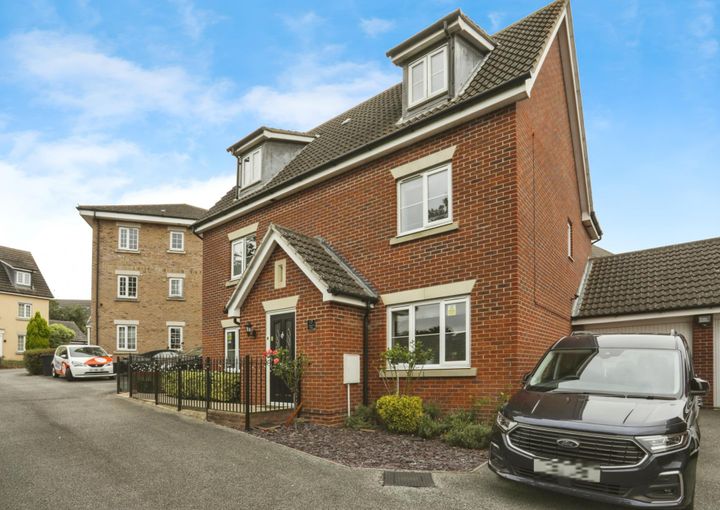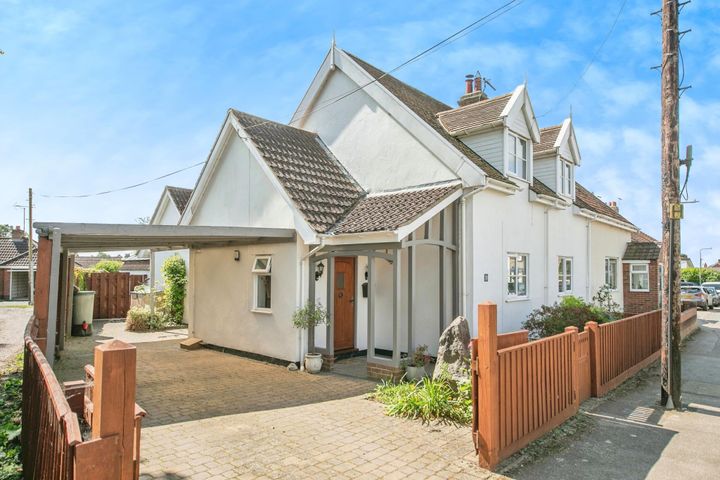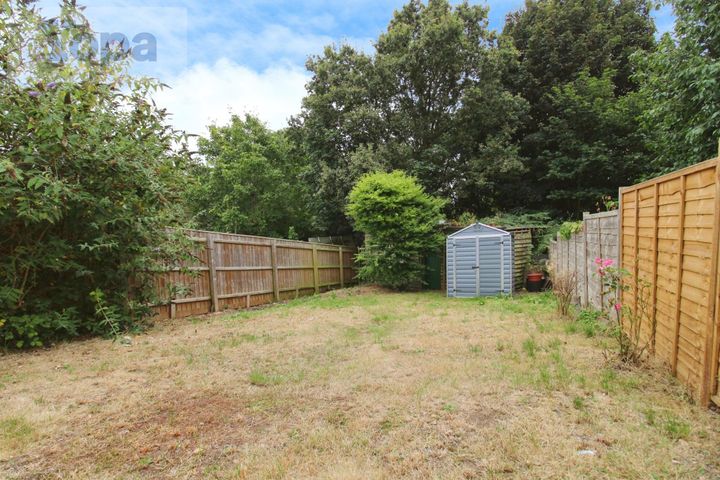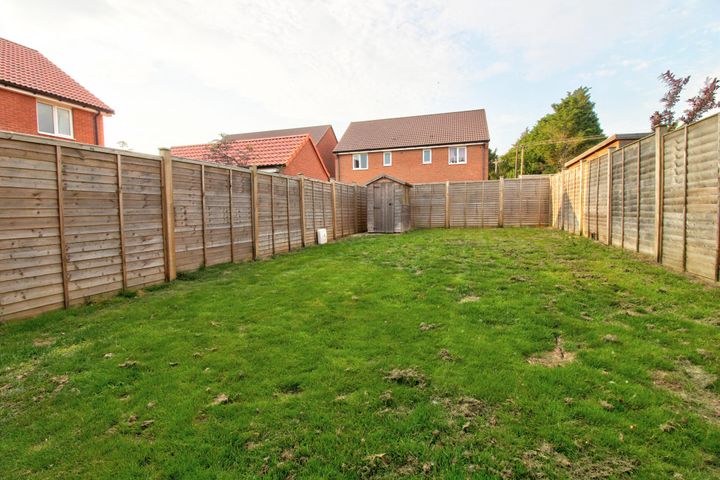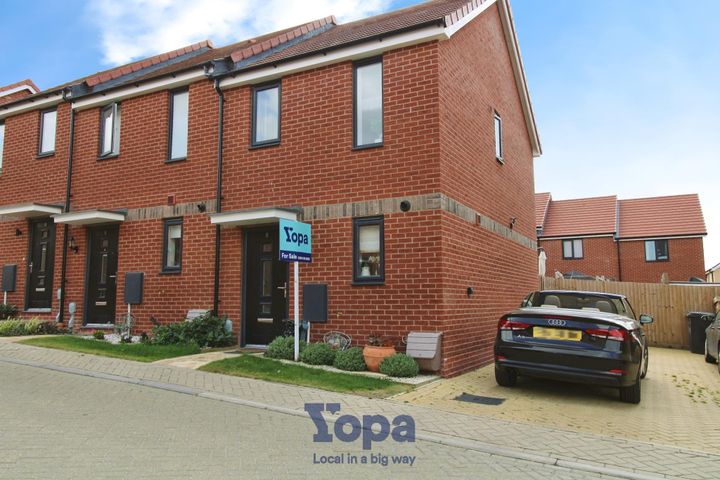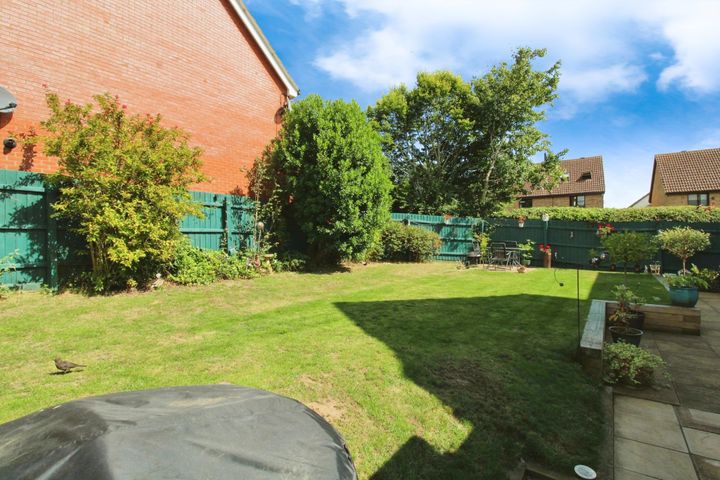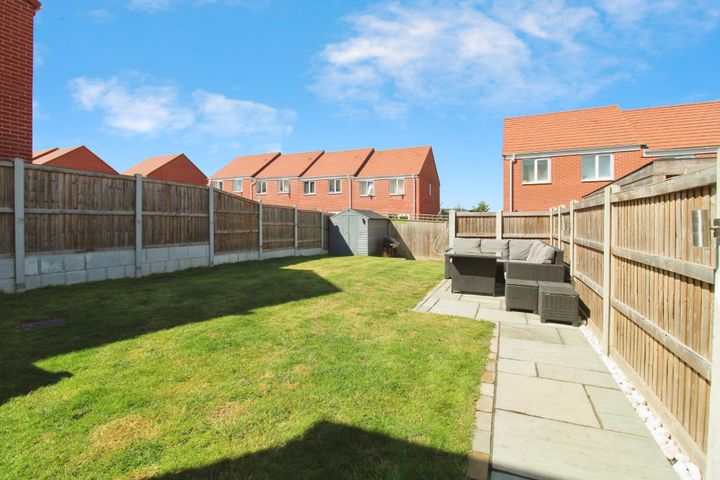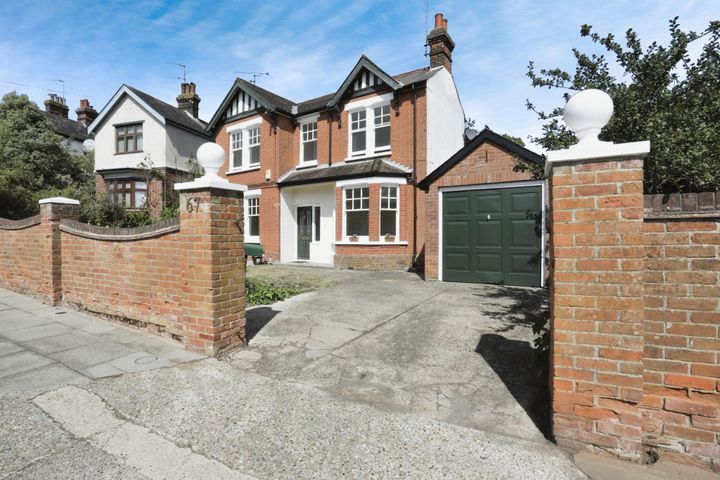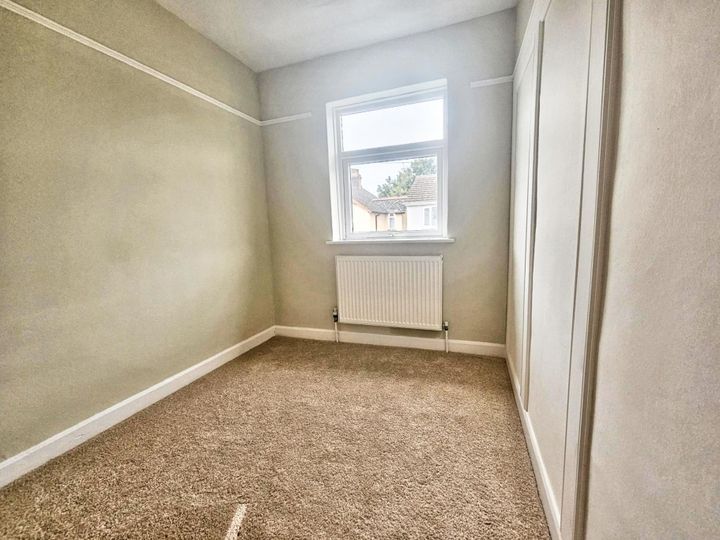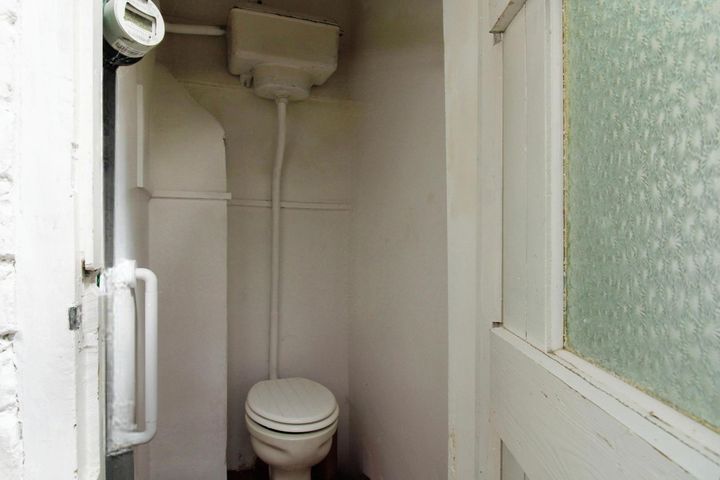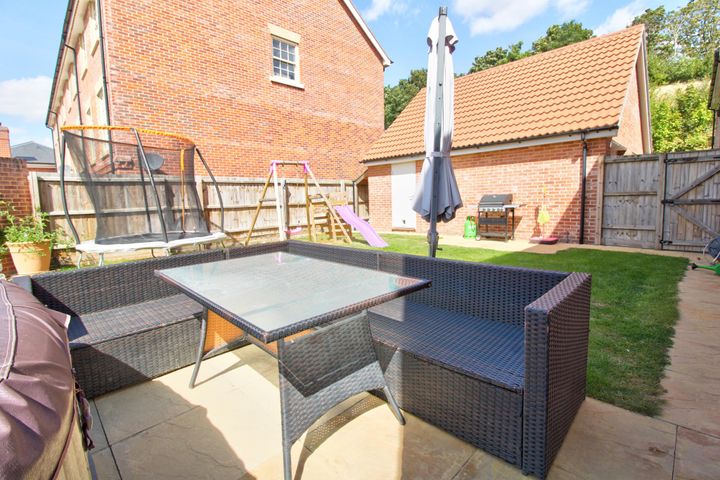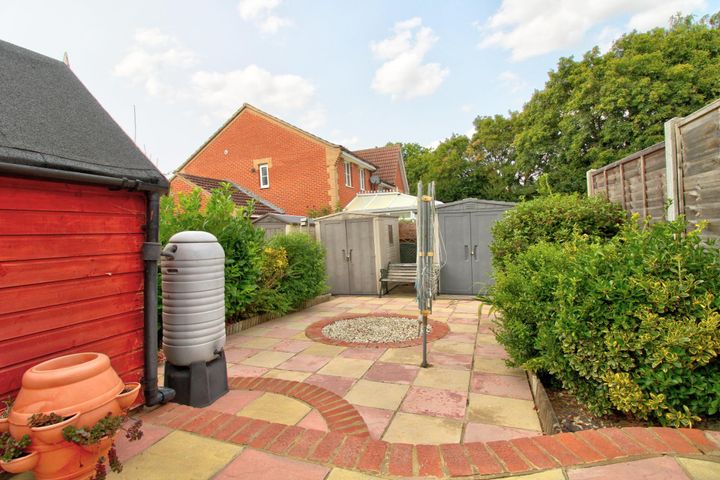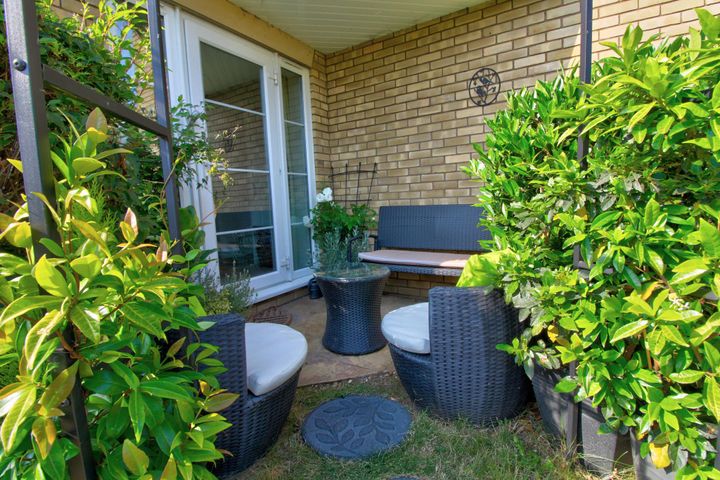Real estate prices in Suffolk are influenced by a combination of economic, geographical, and social factors. The proximity to major cities like Cambridge and Ipswich raises demand, driving prices upward due to the appeal of commuting for work while enjoying a quieter, rural lifestyle. Infrastructure developments, such as road improvements or new rail links, can also significantly boost property values. For instance, the recent upgrades to the rail service connecting Suffolk to London have made the area more attractive to buyers seeking easier access to the capital. Furthermore, the local economy plays a role; Suffolk's thriving sectors, such as agriculture and tourism, can enhance job availability and attract families, which in turn increases housing demand. Heritage sites and natural attractions, such as the Suffolk Coast and Heaths Area of Outstanding Natural Beauty, further elevate property desirability, contributing to higher price points in areas that offer scenic views or historical significance. Lastly, local amenities, schools, and community services, particularly in towns like Bury St Edmunds and Sudbury, also serve as critical determinants in guiding real estate values in the region.
Suffolk
Location
Price Range
Any price
Price Range
Minimum
No min
Maximum
No max
Property type
Show all
Property type
Show all
House
Apartment
Building
Other
Bedrooms
Any beds
Bedrooms
Minimum
No min
Maximum
No max
Surface Range
Any surface
Surface Range
Minimum
No min
Maximum
No max
Sale type
For sale
Sale type
Show all
To rent
For sale
Location
Apartments and houses for sale in Suffolk
67 results
Recent
Suffolk insights
| Aspect | Summary |
|---|---|
| Population | 1,500,000 |
| Average Property Price | £280,000 |
| Rental Yield | 4.5% |
| Average Rent | £1,200 |
| Occupancy Rate | 92% |
| Capital Growth Rate | 3% annually |
| Property Tax | 1.5% of property value |
| Transaction Costs | 3% of property price |
| Expected ROI | 7.5% |
| Economic Growth Impact | Moderate, driven by local industries and infrastructure development |
Suffolk FAQ
What factors influence real estate prices in Suffolk?
How have real estate prices in Suffolk changed over the last year?
Over the past year, real estate prices in Suffolk have experienced a notable upward trend, driven by a combination of increased demand and limited housing supply. For instance, areas such as Ipswich saw average property prices rise by approximately 8% year-on-year, with some neighborhoods reporting even steeper increases. The popularity of Suffolk’s picturesque countryside and its proximity to London have attracted many buyers, particularly remote workers seeking more space. In the market for detached houses, prices surged significantly, with some homes in villages like Woodbridge and Bury St Edmunds reaching upwards of £500,000, reflecting a premium for lifestyle offerings. Additionally, the rental market has tightened, with average rents in the region climbing by around 5%, as more individuals look to secure homes in the area amidst ongoing economic fluctuations. This combination of demand in both purchase and rental markets has contributed to the overall escalation in real estate prices throughout Suffolk.
What is the average home price in Suffolk?
As of late 2023, the average home price in Suffolk varies significantly depending on the specific area and type of property. In towns like Ipswich, prices tend to hover around £250,000 to £300,000 for a standard three-bedroom house. Meanwhile, more desirable locations such as Bury St Edmunds and Southwold see averages between £350,000 and £500,000, with coastal properties often commanding higher prices due to their proximity to the sea. Smaller villages may offer lower averages, with some cottages and terraced homes available for around £200,000. The local property market also reflects broader trends, with rural areas experiencing varying levels of demand that influence prices, particularly as buyers seek more space and an escape from urban centers.
Are real estate prices in Suffolk higher than in neighboring areas?
Real estate prices in Suffolk can vary significantly compared to neighboring areas, with factors like location, amenities, and market demand playing crucial roles. For instance, properties in the coastal town of Aldeburgh have seen higher prices due to their desirable seaside location, with average home prices often exceeding £400,000. Conversely, nearby areas like Lowestoft generally offer more affordable options, with average prices around £220,000. The market in Bury St Edmunds, known for its historical charm and strong local economy, can also command higher prices, often approaching those in Aldeburgh. Additionally, rural properties in places like Diss might offer lower average prices, yet unique features such as larger plots of land could appeal to specific buyers. Overall, these regional variations highlight the complexities of Suffolk's real estate landscape when compared to its neighbors.
What types of properties are the most expensive in Suffolk?
In Suffolk, the most expensive properties tend to be grand country estates and historic manor houses, often set amidst picturesque landscapes and extensive grounds. Coastal properties in sought-after areas like Aldeburgh and Southwold also command high prices, thanks to their proximity to the sea and vibrant local communities. For example, large detached homes with sea views or proximity to the beach can exceed several million pounds, particularly those with modern amenities and classic architectural features. Additionally, converted barns and luxury equestrian properties are popular among buyers looking for rural living, especially in areas such as the Dedham Vale and the Suffolk countryside. Victorian and Georgian townhouses in towns like Bury St Edmunds also attract a premium, especially if they are within walking distance of the town center and its historical attractions.
How do property sizes affect prices in Suffolk?
Property sizes in Suffolk have a significant impact on real estate prices, shaped by the demand for larger homes and the regional characteristics of various towns. For instance, in rural areas such as Bury St Edmunds, larger properties with ample land can command much higher prices compared to smaller, urban homes in towns like Ipswich. A four-bedroom detached house in a desirable suburb may range from £400,000 to over £700,000, depending on the garden size and proximity to schools and amenities. Conversely, a two-bedroom flat in the same area might only fetch between £180,000 and £250,000, illustrating how size plays a crucial role in valuation. In coastal regions, such as Southwold, the price per square foot tends to increase dramatically for larger properties due to the premium placed on sea views and proximity to the beach. Homes with more bedrooms and living space often attract families looking for long-term residences, further driving up demand and prices in those segments. Additionally, planning regulations and land availability in specific towns can impact the size of new builds, which in turn influences the overall market dynamics within Suffolk.
What are the trends in real estate prices in Suffolk for the next few years?
Real estate prices in Suffolk are expected to experience a moderate increase over the next few years, driven by factors such as ongoing demand for housing, particularly in more rural areas and market towns like Bury St Edmunds and Stowmarket. With remote working becoming more common, there has been an influx of buyers looking for larger homes outside of urban centers, which is pushing up prices. Additionally, the continued development of key infrastructure projects, such as the upgrade of the A14 and improvements in rail connectivity, is likely to enhance accessibility and attractiveness of Suffolk as a place to live. Data from local property analysts indicates that average prices for detached homes in the region have already increased by about 6% year-on-year, with the median price for such properties now hovering around £400,000. Meanwhile, areas like Lowestoft and Felixstowe, which appeal to buyers for their coastal attractions, are seeing significant interest, contributing to a steady rise in property values.


